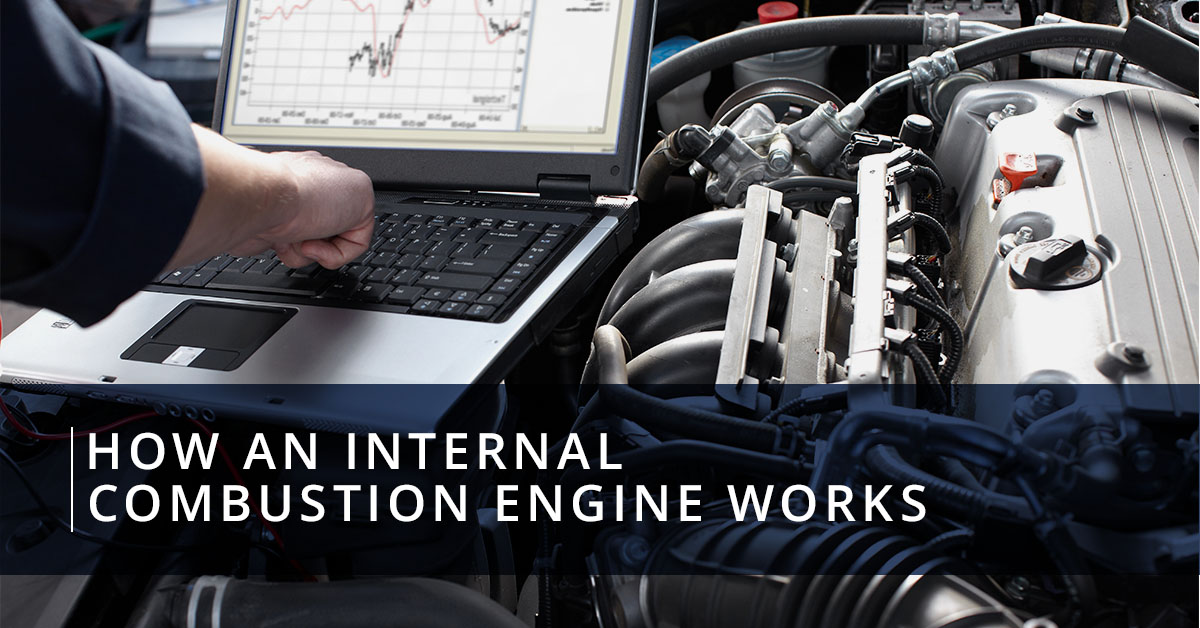
Here at Flex Technologies, we sell silicone heater hoses for automotive use online. Our silicone heater and cooler hoses are an integral part of keeping any car running; they help take the heat from the engine that would otherwise overheat it, and bring it to the outside air to dissipate, or to your car to heat it up. The internal combustion engine is responsible for automobiles as we know them. If you have ever wondered how they work, we go over the basics right here.
History
The origin of the internal combustion engine dates back to the 1790s. Many people, including engineers and scientists, produced precursors to the internal combustion engine during this time, including John Barber's gas turbine in 1791 and Thomas Mead's gas engine in 1794. As the technology for the internal combustion engine progressed, it saw use in more and more applications, including locomotives (railway trains), ships and other water vehicles, automobiles, and motorcycles.
As the name implies, internal combustion engines work off of and are powered by combustion that happens inside of the engine. Usually, these engines will be either four stroke or two stroke piston variants, especially the ones used in automotive and marine industries.
How It Works
Internal combustion engines are an effective power source, which is why over 250 million highway transport vehicles in the US alone rely on them. They are usually powered by gasoline or diesel fuel, but nowadays can run on biodiesel, ethanol, propane, or natural gas, and can even be converted into hybrid electric vehicles.
These engines rely on combustion for power. In a small space, the energy from even a tiny amount of gasoline can be used for a lot of power. Most firearms, for instance, work off of the principles of an internal combustion engine. These engines essentially use a fixed cylinder attached to moving pistons; the combustion of gasoline takes place in the fixed cylinder, which moves the pistons, in turn driving the crankshaft, which powers all of your vehicle's mechanical features. Most automobiles use a four stroke cycle engine, which requires four pistons to complete a cycle. This cycle takes place in four stages: intake, compression, combustion and power stroke, and exhaust. The intake and compression stages compress air and fuel in the engine, the combustion and power stroke stage ignites the fuel and powers the vehicle, and the exhaust stage gets rid of the vehicle's waste to start the cycle over.
Hopefully that helps you better understand your engine! If you are looking for silicone heater hoses online for the automotive industry, then Flex Technologies can help! Give us a call at your earliest convenience!
 Default Currency
Default Currency
 Mexican Pesos
Mexican Pesos
 Canadian Dollar
Canadian Dollar

